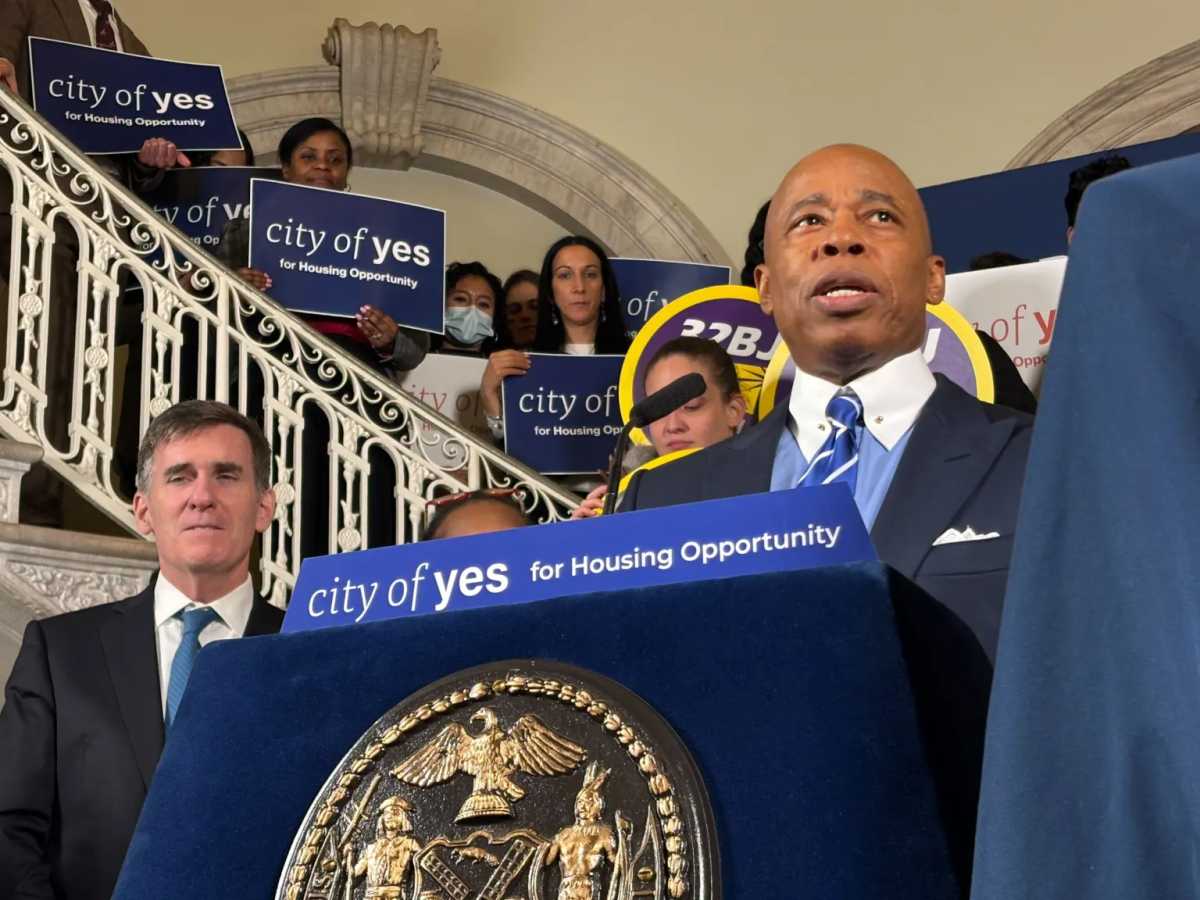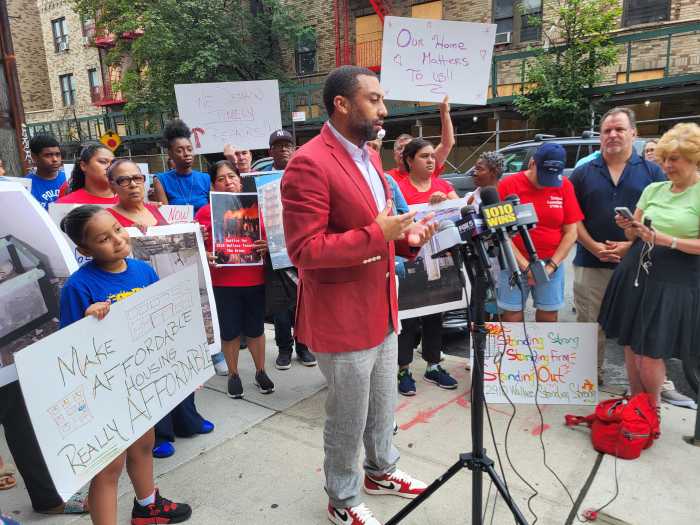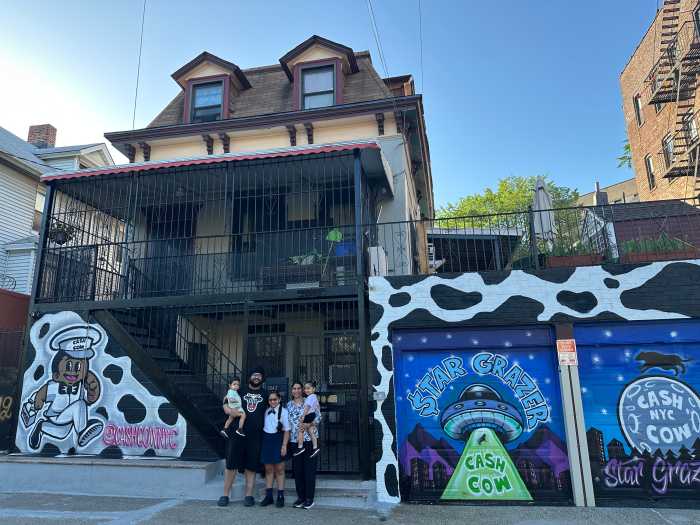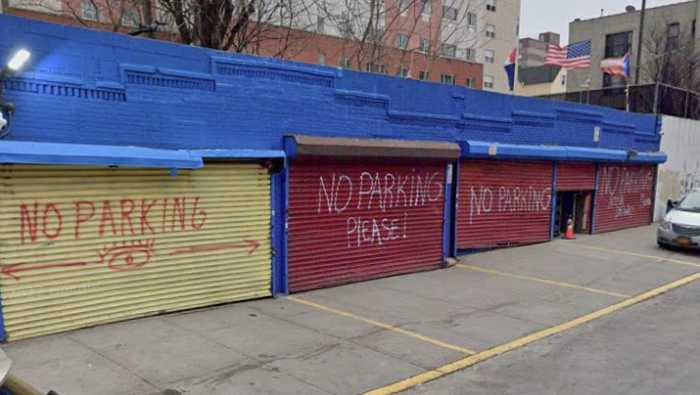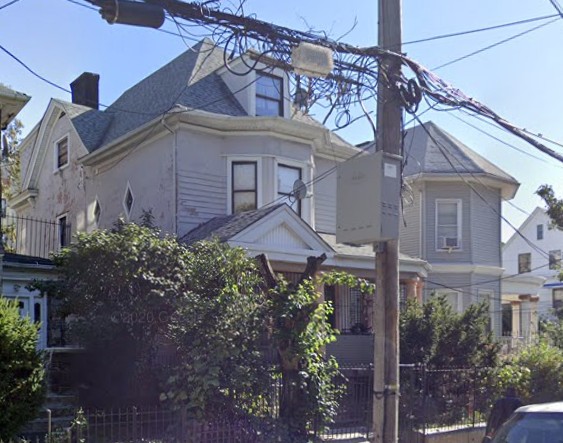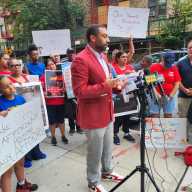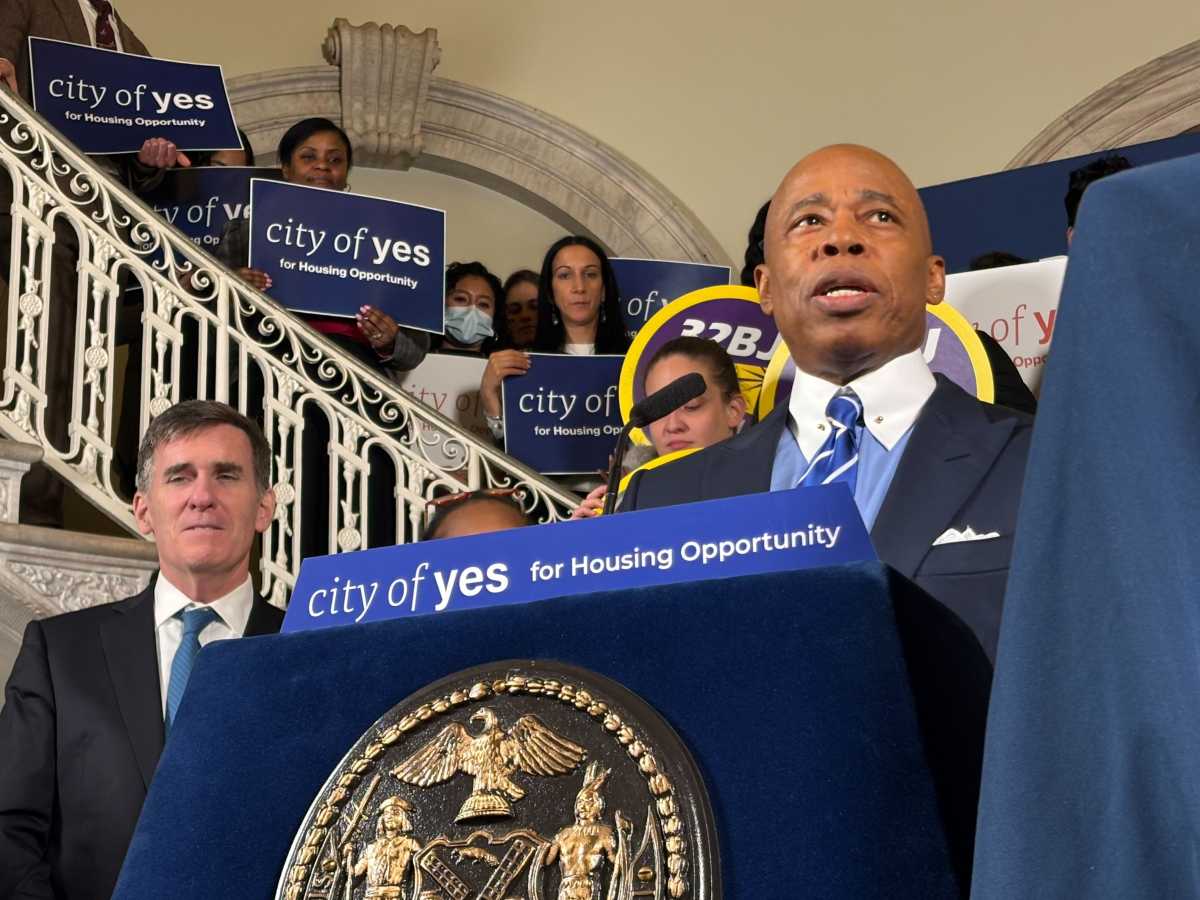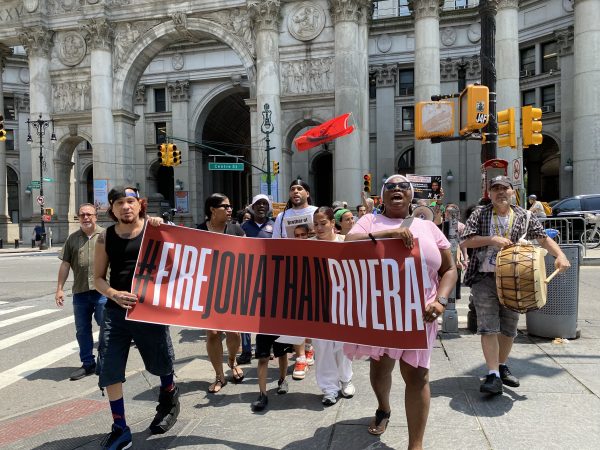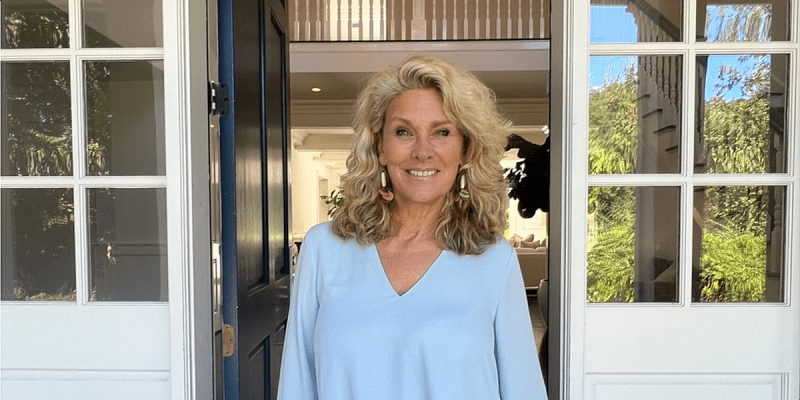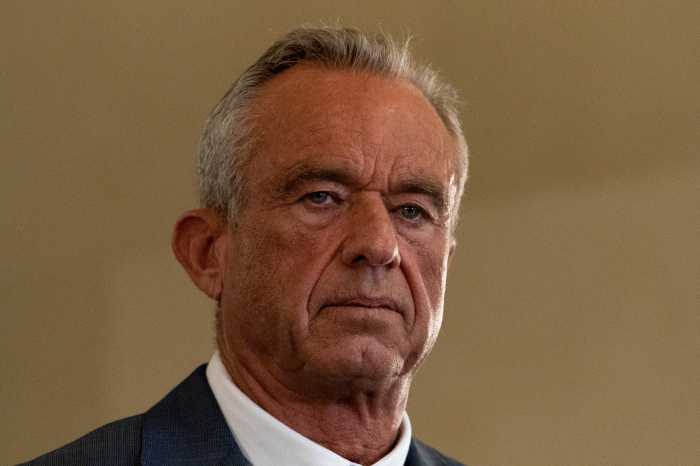Seven of the nine city council members who represent districts in the Bronx voted Thursday to approve Mayor Eric Adams’ controversial “City of Yes” zoning proposal that reforms the city’s decades-old zoning ordinance.
The plan passed 31-20 in the City Council, with amendments addressing public concerns over housing affordability, infrastructure and parking mandates.
The seven Bronx council members who backed the plan were Amanda Farías, Kevin C. Riley, Pierina Ana Sanchez, Oswald Feliz, Althea Stevens, Rafael Salamanca Jr. and Diana Ayala. Only Council Members Eric Dinowitz and Kristy Marmorato voted against it, both representing districts on the outer bands of the borough.
City of Yes will remove many restrictive zoning barriers, create incentives for developers to include more affordable units, and allow more apartments in lower-density districts, particularly near transit. Those critical of the plan characterized it as a “gift” to developers.
The revised plan, after incorporating feedback from community hearings, sets a goal of adding 80,000 housing units across the five boroughs over 15 years, down from an initial estimate of 109,000. It allocates $5 billion for affordable housing and infrastructure improvements, including $2 billion for stormwater drainage, sewer upgrades, and street improvements.
Despite these investments, critics argue the plan still does not sufficiently address the city’s stretched infrastructure.
Support for the original plan across the borough was mixed. Seven of 12 Bronx community boards rejected it.
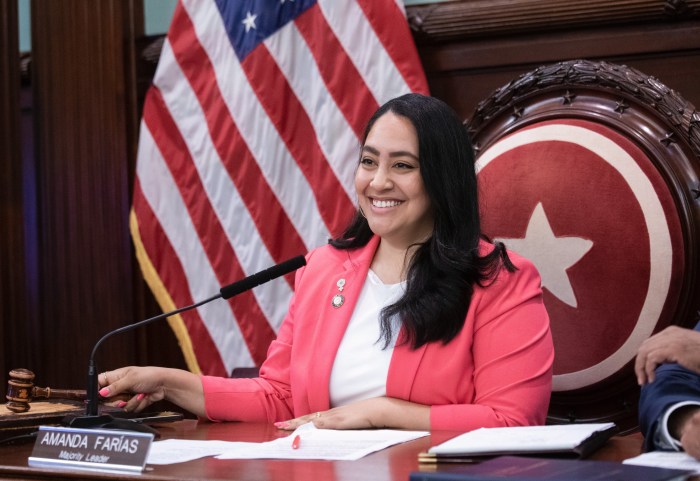
Reactions from Bronx leaders
Farías, who represents the neighborhoods of Soundview, Castle Hill and Parkchester, explained her vote, saying that the City of Yes zoning amendment paves the way for a “stronger, more sustainable future.”
“Today, I proudly cast my vote in support of the Zoning for Housing Opportunity text amendment, which provides much-needed housing solutions for working and middle-class families in District 18 and across New York City,” she said. “These modifications balance the unique needs of our neighborhoods while addressing the City’s critical housing shortage.”
Sanchez urged her colleagues to support the plan ahead of Thursday’s vote.
“This isn’t about any one of us as individuals or even our own political calculus,” Sanchez said. “It isn’t even about the community that we might represent. A ‘yes’ vote today is a vote for all New Yorkers.”
Conversely, Marmorato cited constituents’ concerns about the strain on infrastructure and the risk of altering neighborhood character. Many of her constituents argued that the City of Yes is a one-size-fits-all concept more appropriate for densely populated areas.
“Today’s vote on the City of Yes proposal was not only disappointing – it was a stark reminder of what happens when there is a disconnect between policymakers and the people they serve,” Marmorato posted on social media.
However, several Bronx council members took an active role in advancing the plan.
Riley chaired the Subcommittee on Zoning and Franchises and council members Salamanca, Sanchez, Farías and Riley all sit on the Committee on Land Use.
Key changes in the plan
The bill that passed included several last-minute changes. One dealt with parking mandates, regarding the number of parking spaces developers must provide. The change led to the creation of three zones with varying requirements.
Parking requirements would be completely removed from neighborhoods classified as Zone 1, which are well served by transit. Parking requirements would be reduced in Zone 2 areas, while Zone 3 locations would largely retain the current mandates.
Most of the Bronx is in Zone 2, although the outer sections of the borough are classified as Zone 3.
The proposed regulations pertaining to Accessory Dwelling Units were also tightened,
Basement and attached ADUs will be prohibited in flood-prone areas and coastal zones. Similarly, backyard and attached ADUs will be restricted in historic districts and certain low-density areas unless they are near transit.

